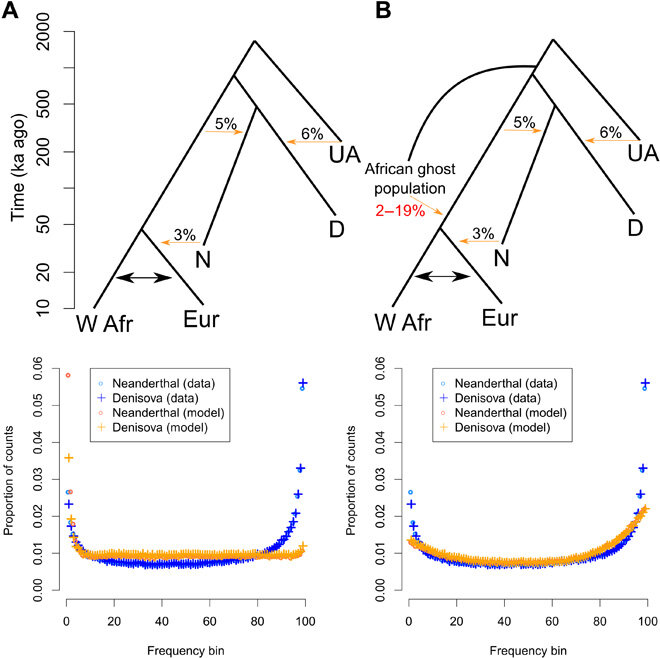Humans interbred with Neanderthals and Denisovians - now researchers have found another set of DNA in West Africa that cannot be related to any known hominid, and have dubbed it "ghost DNA":

 phys.org
phys.org

'Ghost' DNA found in some West African people
A team of researchers at the University of California, has found evidence of "ghost" DNA in some modern West African people. In their paper published in the journal Science Advances, the group describes their study of genetic samples collected from the Yoruba and Mende groups and what they found.

